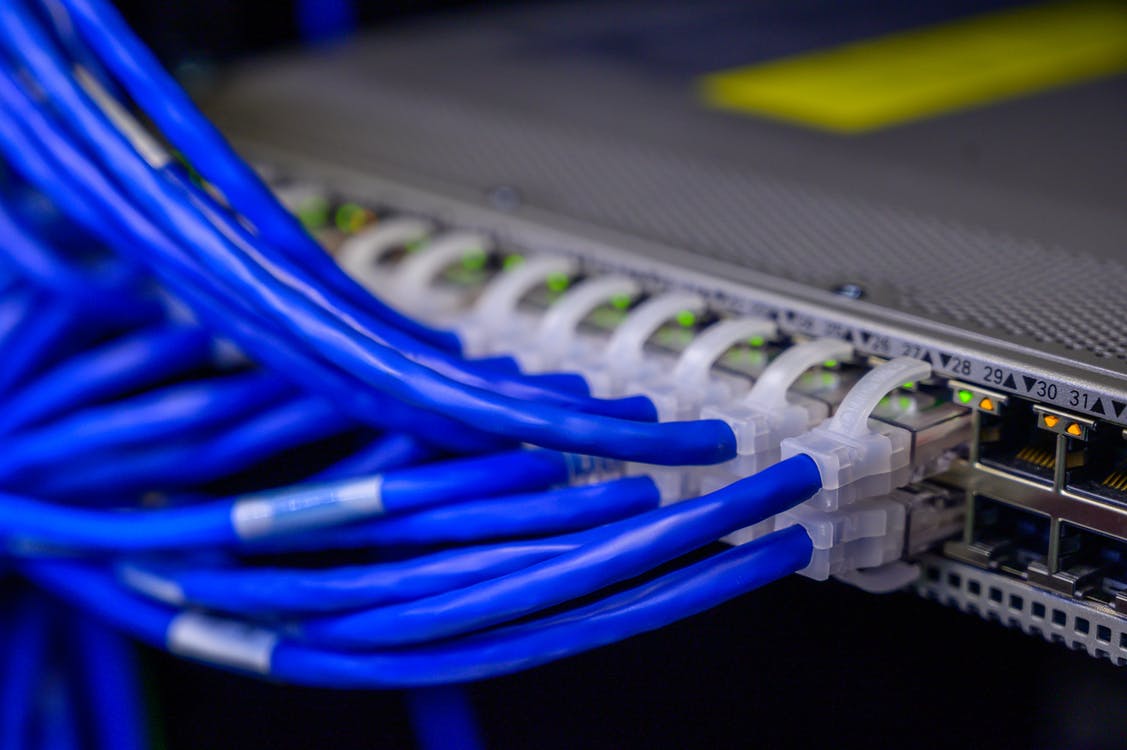Multiprotocol label switching (MPLS) and the internet have traditionally been the two most common WAN connectivity choices. However, in recent years, IT admins have started to contemplate implementing a software-defined WAN (SD-WAN) overlay.
At some point, admins have to find a solution for their SD-WAN Vs. MPLS contemplations. It is a concern most network security architects and CISOs (chief information security officers) have while planning their WAN architecture.
MPLS in summary
MPLS (Multiprotocol Label Switching) is a transport protocol used in conventional networking to deliver data packets as rapidly and effectively as possible to their destination. The protocol has been in use for more than twenty years now.
In most cases, MPLS is leased and administered by service providers that maintain network throughput, reliability, and accessibility. MPLS is regarded as stable and secure, but it is also costly because it is technically a private network.
When accessing cloud applications, WAN designs based on classical multi-protocol label switching adopt a paradigm in which traffic from the branch is “backhauled” to the cloud via the headquarters or a centralized data center.
When traffic is backhauled, MPLS becomes even more costly. Due to the latency introduced by the distance and the controlled bandwidth available with MPLS.
SD-WAN in summary
Software-defined Wide Area Network (SD-WAN) is a virtual Wide Area Network (WAN) architecture that enables businesses to safely connect customers to apps using a mix of transport services. SD-WAN is a step forward from classic MPLS technology in terms of connectivity.
What does switching to SD-WAN mean for businesses? It means they can use MPLS circuits, direct internet access, and LTE/5G to prioritize essential business traffic and reap the benefits of a range of transport options. It makes WAN administration more straightforward and more independent of the transport layers.
The prevalence of remote work and cloud usage is why more firms are switching to SD-WAN solutions. When edge users access company apps and data from any location, SD-WAN enables a more protected, dependable network connection while maintaining a consistent user experience.
SD-WAN allows businesses to prioritize data by category and select the shortest, quickest, most dependable, and cost-effective channel available.
SD-WAN Vs. MPLS
In our effort to look at the benefits of SD-WAN compared to MPLS, we cannot ignore the fact that MPLs has had such longevity and continued usage because it has its benefits. However, SD-WAN is a new technology, making it a more future proof solution.
To find out which one comes out at the top, we have to look at what each one offers.
What MPLS offers
MPLS is known for its ability to transmit packets to their destinations reliably. When it comes to minimizing packet loss and maintaining a company’s most vital traffic flowing, MPLS typically provides a superior standard of service. This trustworthiness is especially important for maintaining the integrity of real-time protocols like Voice over Internet (VoIP).
Because of the labels it utilizes for forwarding, MPLS has a high level of dependability. The labels essentially isolate packets. MPLS providers can also give certain network traffic a greater priority. These advantages provide the network a sense of traffic consistency. Packets only go along the pathways to which they’re routed since network paths are predefined.
One disadvantage of MPLS is the high price of bandwidth. Consumers are becoming more interested in bandwidth-hungry multimedia material like films and augmented reality (AR), and MPLS’ high per-megabit cost may be prohibitive. Finally, an MPLS network lacks built-in data security and, if deployed poorly, might expose the network to threats.
What SD-WAN offers
In keeping with the SD-WAN vs. MPLS debate, SD-WAN has various advantages over typical MPLS networks. Geographic borders become less important, given how SD-WAN works, and essential benefits like transparency, flexibility, performance, and governance are improved.
SD-WAN, unlike MPLS, does not impose bandwidth restrictions. Customers may easily upgrade by adding extra links, with no modifications to the equipment or network required.
The flexibility to integrate multiple network links based on content type or priority is perhaps SD-most WAN’s compelling feature. Customers can use internet broadband and cellular connections instead of a pricey MPLS network for some forms of lower-priority traffic since they are both less costly than MPLS.
The real power of SD-WAN and its most significant benefit is arguably its security virtualization. Modern enterprises prefer network designs that combine security, management, and administration. By combining secure connection techniques, SD-WAN security addresses those aspects.
End-to-end encryption throughout the whole network, including the internet, is an advantage of the SD-WAN design. Every endpoint and device is fully authenticated because of implementations like scalable key-exchange functionality and software-defined security.
Final thoughts
Finding the optimal connection solution depends on a number of factors, such as the geographic distance between corporate headquarters and remote offices, the operational budget, regulatory requirements, agility requirements, and so on, with one constant: security. The best solution emphasizes not just network connection and WAN optimization but also places data security at the center of every organization’s priority list.
Businesses may mitigate vulnerabilities in their overall security by combining networking and security management.
That said, it’s really up to you and your needs and requirements and which would be most efficient when looking at SD-WAN compared to MPLS.

